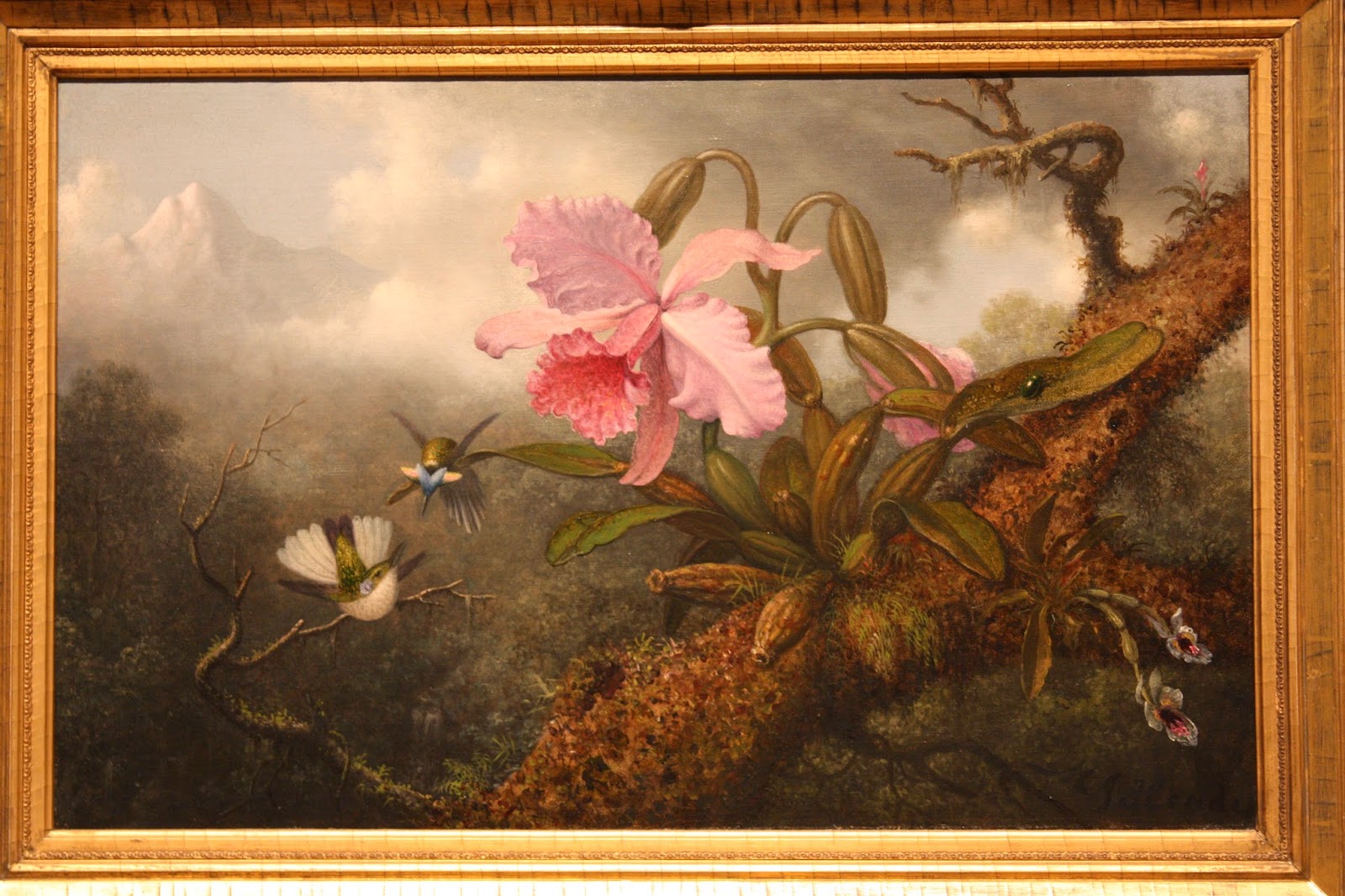Plant Fennel Seeds in Containers - grow your own transplants - up in 5 days

Planting seeds directly into our garden is a waste of time because we live on a steep enough hill that they just wash away during watering and before germinating. So, planting in sterile potting mix and controlling their environment until they emerge works best. Here's how I planted the Fennel seeds that arrived a few days ago Clean pots were filled with sterile potting mix and put into a bottom watering tray. They were watered from the top to settle the soil. Paper towel was used to pre-soak the seeds and the plumped seeds were sprinkled over the soil surface Sterile seed starting mix was used on top of the seeds to the recommended depth of 1/4 inch and the tray was tagged. We use a label maker and put the labels on slices of mini-blind. Since I planted two varieties, the second type was planted in round pots so when the inevitable happens and the tags become dislodged, I'll be better able to guess which is which. Fennel seedlings emerge 5 d...









